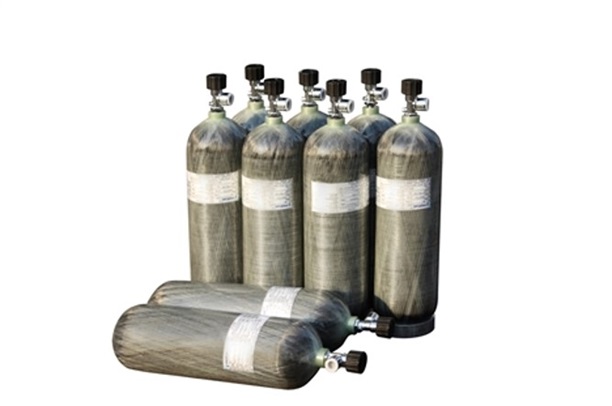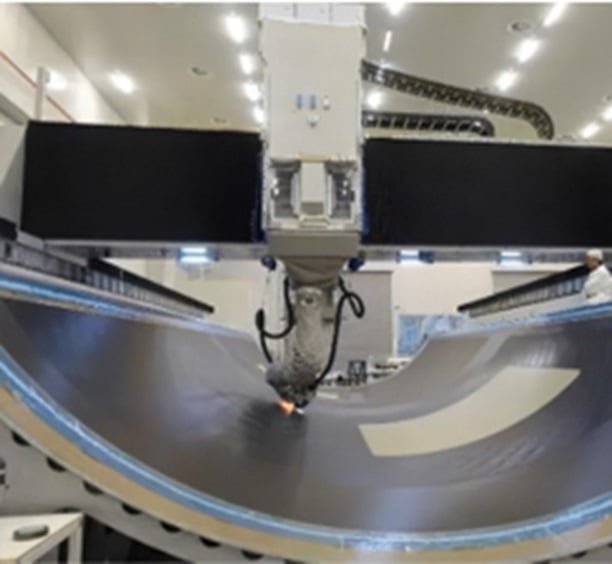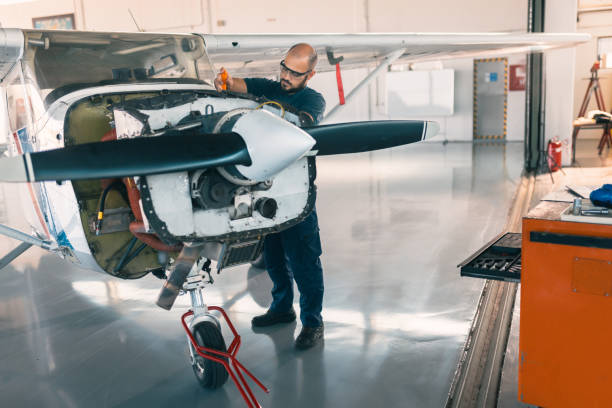Aerospace engineers face an extraordinary challenge: building structures that must withstand extreme conditions while remaining exceptionally lightweight. This is where composite epoxy materials emerge as a game-changing solution, combining advanced polymer science with practical engineering applications to redefine aircraft performance.
At their core, composite epoxy materials combine high-strength reinforcement fibers with specially formulated epoxy resin matrices. This synergy creates materials that exhibit remarkable mechanical properties far exceeding those of their individual components. The resin binds the reinforcement fibers while transferring stress throughout the structure, while carefully engineered curing processes optimize the material's final characteristics for aerospace applications.

The adoption of composite epoxy materials represents the most significant weight reduction in aviation since the transition from wood to aluminum. By replacing traditional metal components with these advanced composites, aircraft manufacturers achieve weight savings that translate directly to improved fuel efficiency and reduced emissions. The lightweight nature of these materials also enables engineers to design more slender wings and aerodynamic shapes previously impossible with conventional materials.

Modern specialty epoxy resins demonstrate remarkable resilience where traditional materials falter. They maintain structural integrity at both high-altitude subzero temperatures and during the intense heating of re-entry conditions. Their natural resistance to corrosion eliminates concerns about metal fatigue from moisture or chemical exposure, while their dimensional stability ensures reliable performance across environmental extremes—a critical advantage for aerospace applications where component failure is not an option.

When examining production processes, composite epoxy materials offer clear benefits over conventional metal fabrication. The molding and curing processes allow for creating complex, integrated structures that would require multiple assembled parts with metal construction. This not only reduces production time but also decreases the number of potential failure points in critical components. The net result is faster production cycles with enhanced reliability—a combination that has revolutionized aerospace manufacturing economics.

The evolution of composite epoxy materials continues to open new possibilities in aerospace engineering. Advanced Tetra Material formulations now being developed promise even greater strength-to-weight ratios and enhanced thermal protection capabilities. As the technology matures, we're seeing broader applications across both commercial and military aerospace sectors, from primary structural components to specialized interior elements. These materials now form the backbone of next-generation aircraft designs, enabling configurations that push the boundaries of aerodynamic efficiency.
The aerospace industry's ongoing transition to composite epoxy materials represents more than just a material substitution—it's a fundamental shift in how engineers approach aircraft design. By eliminating traditional constraints of metal construction, these advanced composites allow for designs that prioritize both performance and efficiency, while their manufacturing advantages reduce costs across the product lifecycle. As material science continues to advance, composite epoxy materials will undoubtedly play an even greater role in shaping the future of flight.